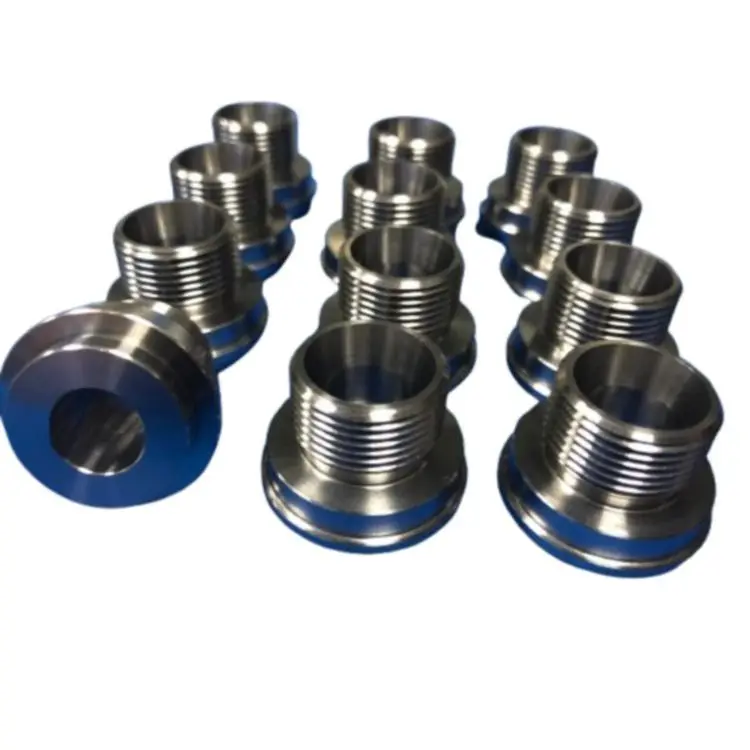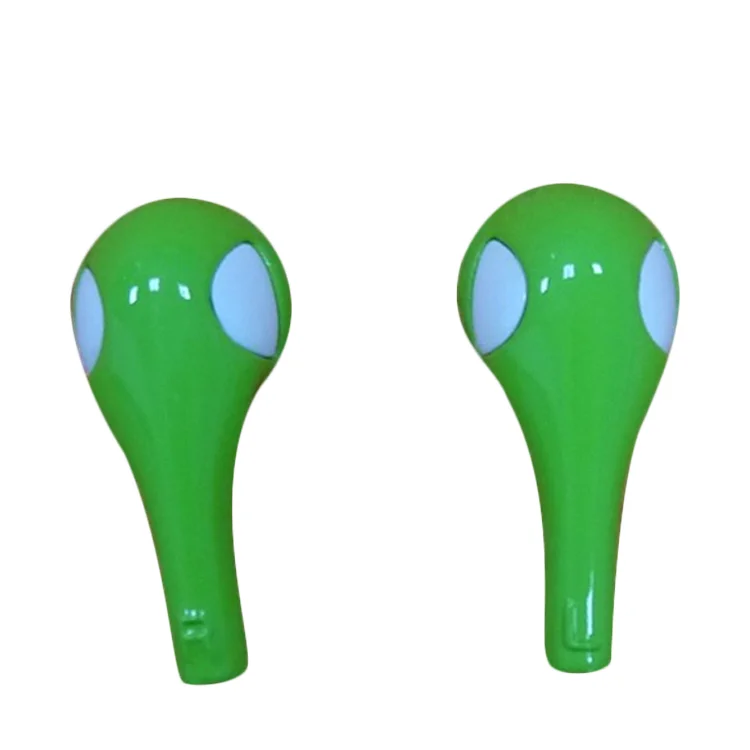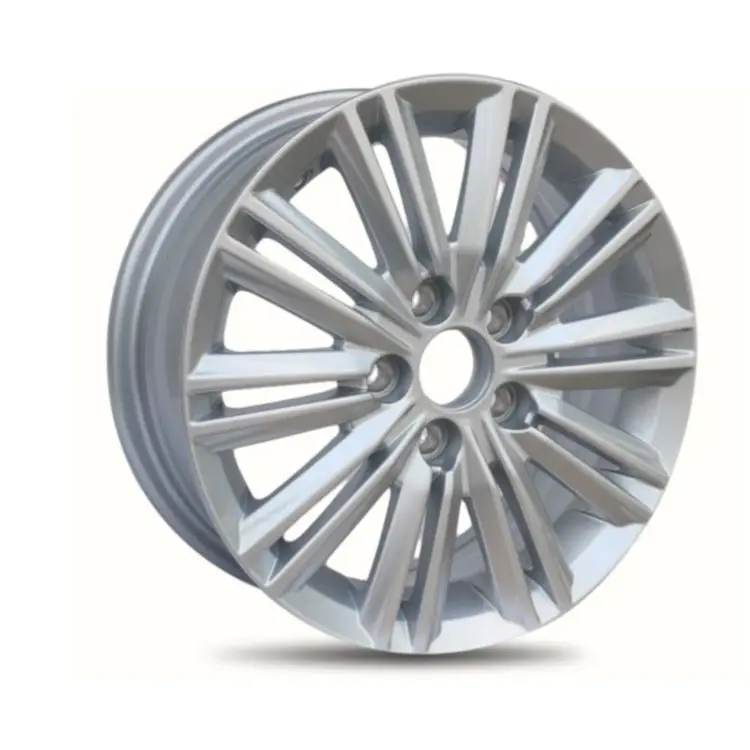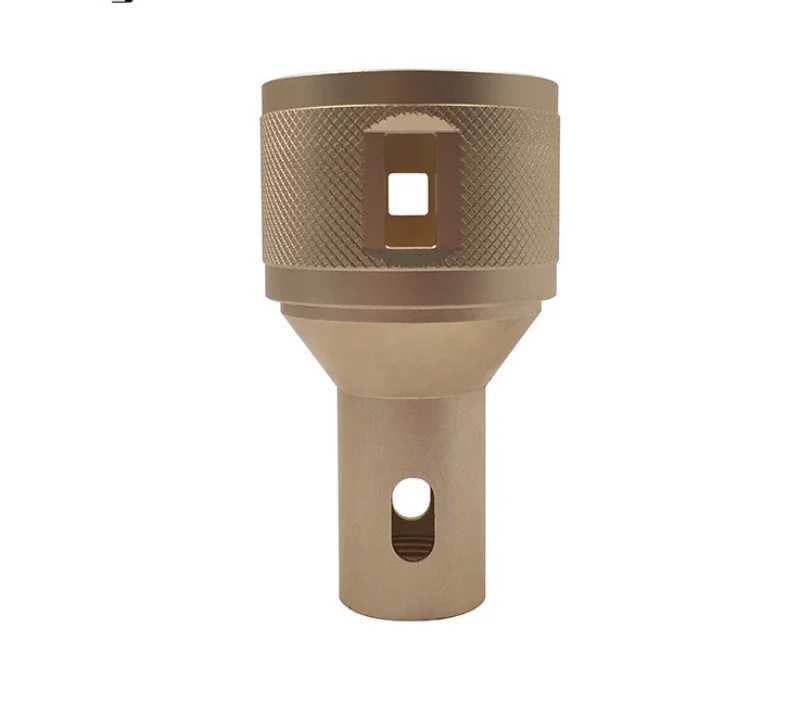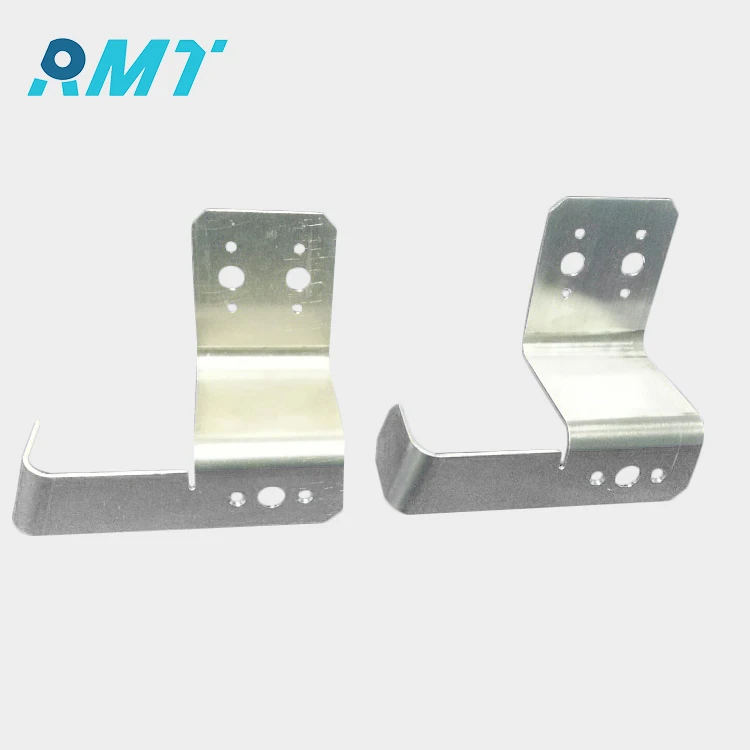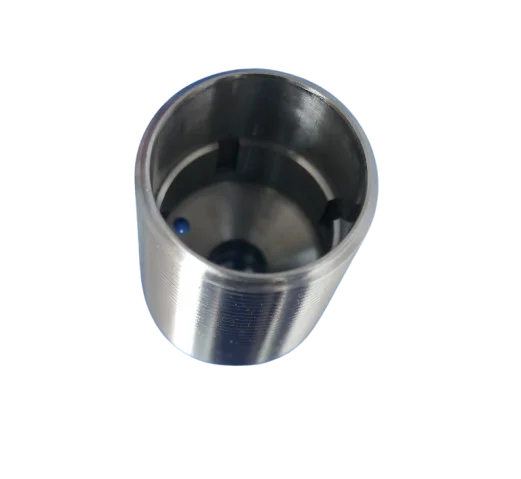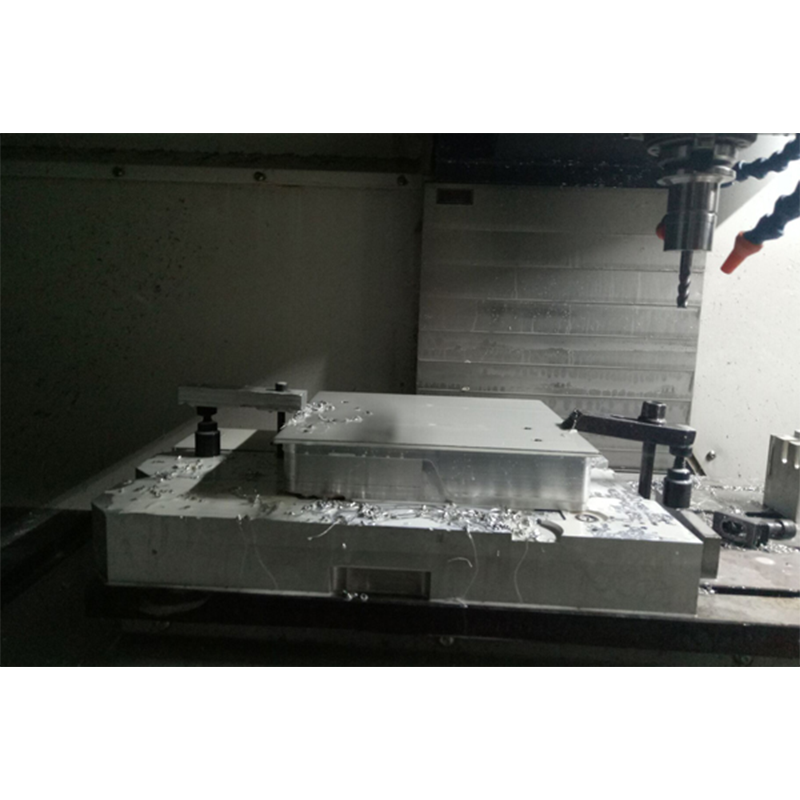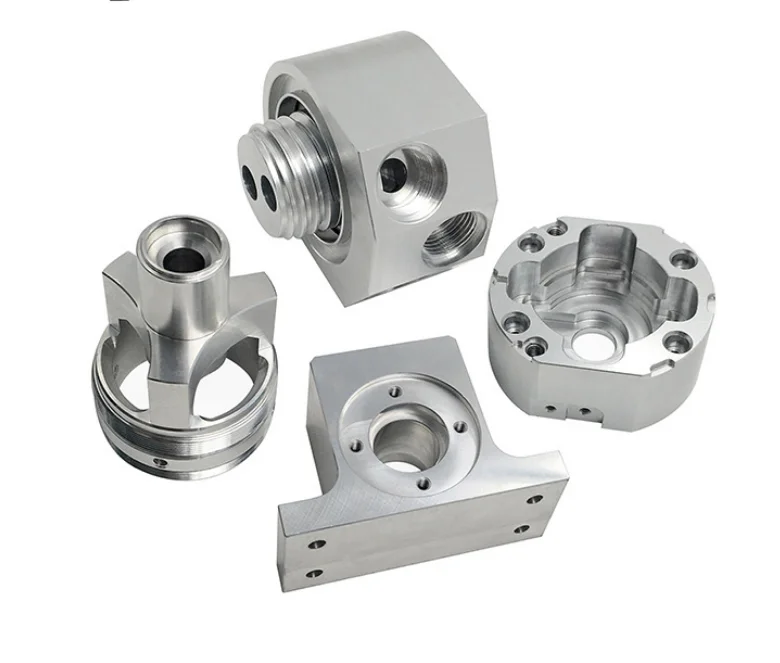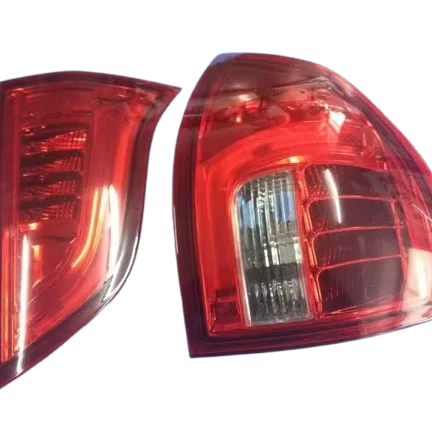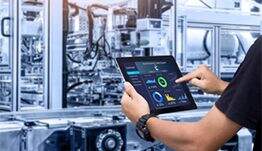Understanding The Extrusion Process: Key Steps And Techniques
In short, extrusion is one of the most commonly used shape manufacturing processes in numerous industries such as transport, space, building, and fabrication electronics. This article explores some of the important stages and processes in extrusion, with an emphasis on how the process contributes to providing various benefits.
Material Selection and Preparation
The first stage in the extrusion process guessing the right material. Materials that are most commonly used in extrusion include aluminium, copper, steel, plastic, and rubber. After the material has been selected, it then goes through preparation processes to remove any impurities and make sure it is uniform.
Feeding and Melting
In an extruder, material is introduced inside a barrel that serves as a cavity and the material is heated to the point of melting. The temperature and depot at which this is done are very important as they determine the quality of the end product. In the case of metals, the substance has to be heated until it becomes semi solid.
Shaping through the Die
The material has to go through one more most important operation, which would be to deploy the next critical step is either sending the material stick to he next operation within the instrument single-cylinder extruder which is to deploy the same to a die at the exit of the extruder. The materials are in different shapes and sizes depending on the resultant product. They may be as basic as round holes or intricate complex shapes.
Cooling and Hardening
Using such a method, it is expected that the shaped extrudate will ooze out of the die at such a very high temperature and in a soft form. To prevent these engineered physical configurations from being lost or distorted, it is necessary to cool the extrudates quickly to the ambient temperature.
Stretching and Coiling
Following cooling, some extrudates are subjected to further processing, e.g. stretching or drawing, in order to improve their tensile strength. This is frequently observed in the manufacture of wires and cables. Ultimately, it is either coiled or cut into portions for easier handling and subsequent application or storage. Most of these activities are carried out with the help of integrating machines for enhanced quality and speed.
In conjunction, it is conclusive that extrusion technology is the most versatile and efficient technique for manufacturing of enduring adhesives. It is important to note that every stage, from material selection to the final product, has to be controlled in order to achieve the desired quality standards. Such companies like RMT are equally involved in the provision of such modern concepts and procedures in the extrusion industry by offering equipment that is worth its performance.
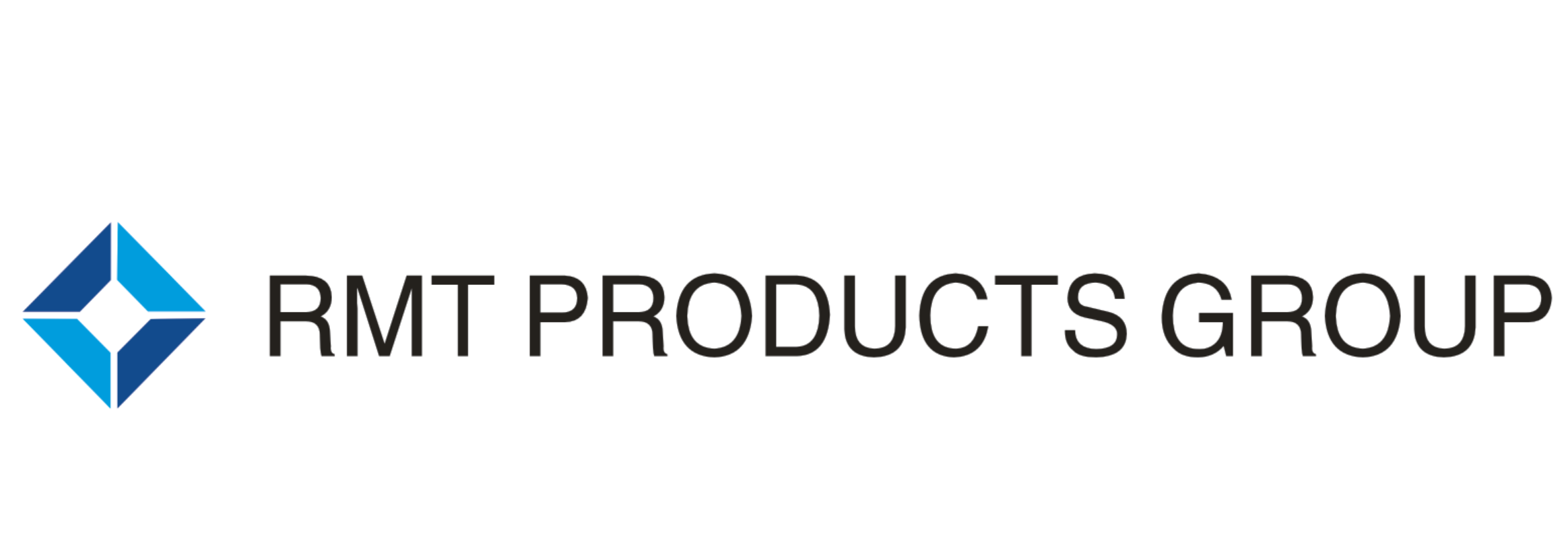
 EN
EN
 AR
AR
 BG
BG
 HR
HR
 CS
CS
 DA
DA
 NL
NL
 FI
FI
 FR
FR
 DE
DE
 EL
EL
 IT
IT
 JA
JA
 KO
KO
 NO
NO
 PL
PL
 PT
PT
 RO
RO
 RU
RU
 ES
ES
 SV
SV
 IW
IW
 LV
LV
 SR
SR
 SK
SK
 UK
UK
 GL
GL
 HU
HU
 TH
TH
 TR
TR
 FA
FA
 GA
GA
 CY
CY
 EU
EU
 BN
BN
 BS
BS
 LA
LA
 NE
NE
 SO
SO
 KK
KK
